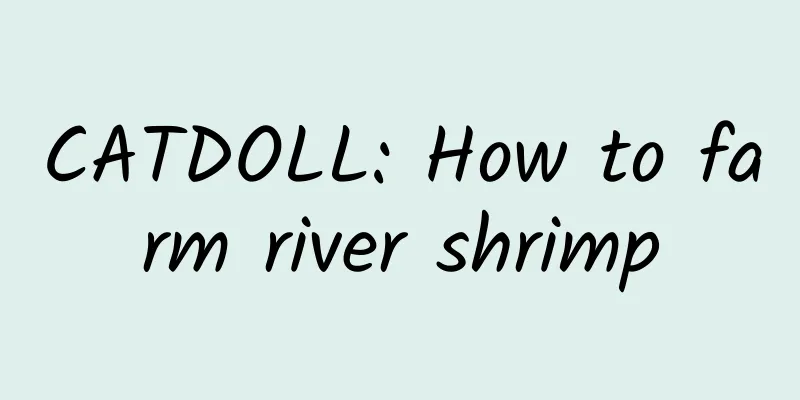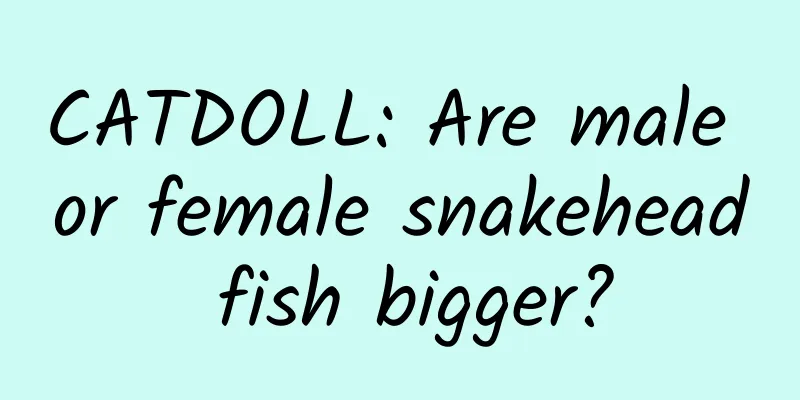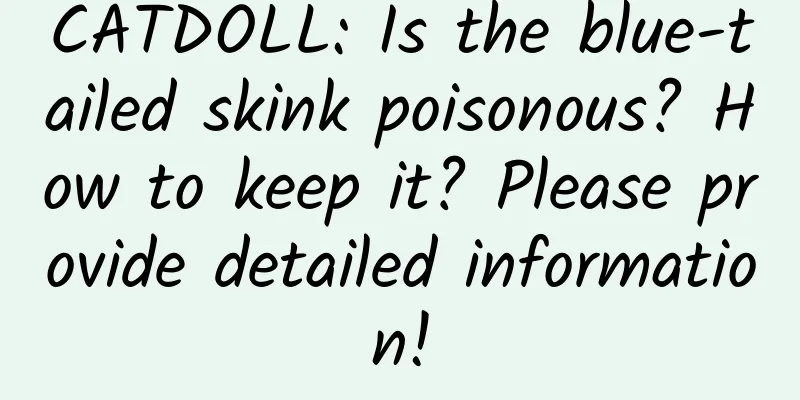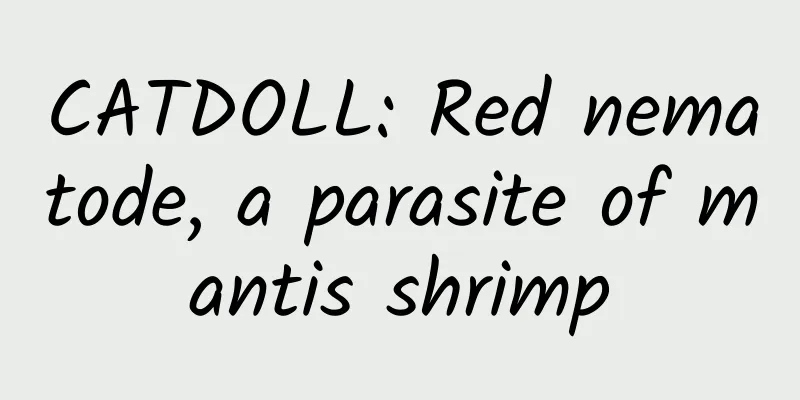CATDOLL : CATDOLL: How to farm river shrimp

|
1. Shrimp pond treatment. River shrimps have relatively high requirements for water quality and are required to be far away from industrial wastewater pollution sources. Shrimp ponds are best built in locations with good lighting. A shrimp pond is about 3 mu wide and 2 meters deep. The bottom is sandy and less silt. A 2.5 cm dense net should be laid at the inlet and outlet to prevent escape and prevent wild fish and people from invading the pond. After selecting the location and specifications, the shrimp pond should be disinfected. It is recommended to apply 75-100 kg of quicklime per mu for disinfection half a month before stocking. 2. Bait preparation: one week before stocking the shrimp fry, filter with a 60-80 mesh silk screen, let in 30 cm of water, apply 50 kg of base fertilizer (fermented animal manure) or 5 kg of urea per mu to cultivate basic bait. Make sure the transparency of the pond water is kept at around 30 cm. 3. Shrimp fry stocking: After the preliminary work is ready, you can stock the shrimp fry. The most important thing about stocking is density control. Generally speaking, taking a pond with a water depth of 2 meters as an example, assuming that the planned output is to reach 80 kilograms, it is recommended to stock 80,000 to 85,000 shrimp fry per mu. Of course, if the pond conditions are good and equipped with an aerator, the stocking density can be appropriately increased. 4. Feeding. Fresh shrimps have a mixed diet. If they are raised artificially, it is best to feed them with complete crushed granular feed within one month after the shrimp fry are put into the pond. In the first half of the month, feed 0.5-1.0 kg of Biqiao per mu every day, and 1.5-2.0 kg in the second half of the month. Feed at 7-8 am and 5-6 pm. The feeding ratio in the morning is about 35% of the total daily feeding amount, and in the afternoon it is 65%. When feeding, it should be evenly scattered around the edge of the pond, and only a small amount is needed in the middle of the pond. 5. Daily management: Change the water by 20-30 cm every 2-3 days in the hot season. Every half a month or so, use 5-10 kg of quicklime per mu to make a slurry and sprinkle it all over the pond, which can not only improve the water quality and bottom quality, but also sterilize and promote molting and growth. From August to October, the amount of fresh shrimp in the pond increases sharply, and it is also a season with changeable climate, which is prone to hypoxia and floating heads. It is necessary to strengthen pond inspections, add water in time or start oxygenation. After stopping feeding in winter, it is necessary to add water regularly and apply fertilizer in appropriate amounts, and control the water quality and water level to reduce the occurrence of moss and black-shelled shrimp. |
<<: CATDOLL: Where to buy Chongqing silver carp wholesale
>>: CATDOLL: What are the methods of disinfection in aquaculture?
Recommend
CATDOLL: News about catfish
1. News events about black carp Zhuhai residents ...
CATDOLL: What are the types and representative species of fish scales?
1. What are the types and representative species ...
CATDOLL: What kind of fish is yellow croaker?
Yellow croaker is a marine fish belonging to the ...
CATDOLL: Can clams and tropical fish be kept together?
1. Can clams and tropical fish be raised together...
CATDOLL: I bought a wild black fish weighing about 10 jin a few days ago. Its eyes were scary so I didn't dare to kill it. I released it today. Do black fish have spirituality?
1. I bought a wild snakehead fish weighing about ...
CATDOLL: How big can a 6cm silver carp fry grow in a year? When are silver carp fry usually released?
How big can a 6cm silver carp fry grow in a year?...
CATDOLL: When it comes to crayfish farming, is it more profitable to raise crayfish alone or to raise them together with lotus roots?
In crayfish farming, is it more profitable to rai...
CATDOLL: What do rice field crabs eat and how to raise them
What do rice field crabs eat and how to raise the...
CATDOLL: What kind of tree is suitable for breeding and planting golden cicadas? (What kind of tree is suitable for breeding and planting golden cicadas?)
1. What kind of trees are good for breeding cicad...
CATDOLL: How much does a set of automated silkworm breeding equipment cost?
1. What is the cost of a greenhouse for silkworm ...
CATDOLL: Temperature and salinity of yellow croaker in fish tanks
1. Temperature and salinity of fish tanks for rai...
CATDOLL: What is the market prospect of centipede farming?
What is the market prospect for farmed centipedes...
CATDOLL: How to breed white jade snails in the wild
Snails are common animals with a wide distributio...
CATDOLL: How to keep the red worms alive faster (How to keep the red worms alive faster)
1. How to breed red worms? Step/Method 1 Pool and...
CATDOLL: What are the countermeasures for redness and fever on pigs?
What are the countermeasures for redness and feve...









